The regions of Asturias and Galicia in northern Spain are full of natural beauty, outstanding unique cuisine and history dating from the Paleolithic.
These regions, frequently referred to as “green Spain” are very different from the rest of the country. The landscapes are lush and green, crisscrossed by rushing rivers and dotted with snow capped mountains.
The customs and traditions are also unique to northern Spain. Here bagpipes are common, and pouring alcoholic cider from a meter above the glass is, well, the way you do it.
We’ve collected some of the top places to visit in Asturias and Galicia here, direct from the travel experts who know the area well. Enjoy!
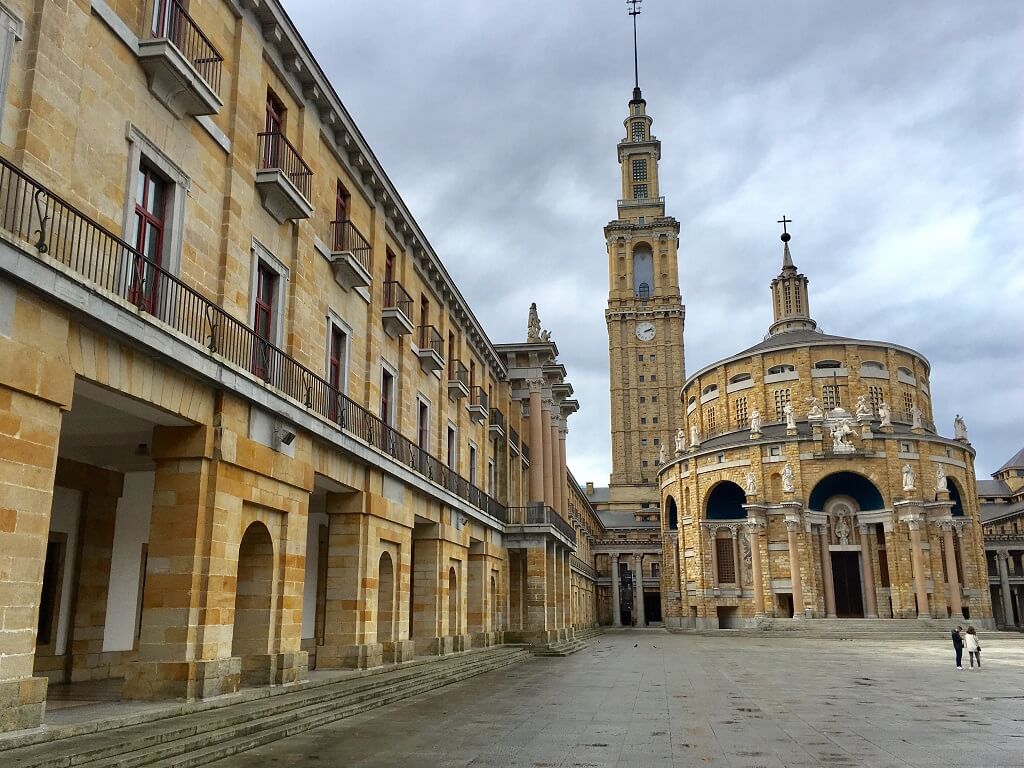
Vigo Estuary
As a Galician, telling you that my land is special could come across as meaningless. In any case, you have to believe me. I have traveled all over the world since I was a teenager, and my land has nothing to envy to some of the ‘best’ and ‘most famous’ destinations in the world.
One of the areas of my region, Galicia, where it is possible to find lots of attractions together is Rias Baixas. And among them, the southernmost one, Vigo estuary.
This city, one of the largest and most industrial in Galicia, is also the prelude to Atlantic Islands National Park, which encompasses Cies Islands, Ons Islands, and other islets.
In addition, it is a city in which the love for traditional cuisine and organic products is always present. Nonetheless, Galician products that come from the sea, such as octopus, seafood and a great variety of fish, have fame throughout the Iberian peninsula and beyond our borders.
Visiting Vigo in northern Spain and its surroundings is a great idea all year long. Its temperatures do not suffer great changes in winter and it is already known that, in Galicia, the rain turns everything into art.
You will not regret it! The Vigo Estuary is one of the nest places to visit on your trip around northern Spain.
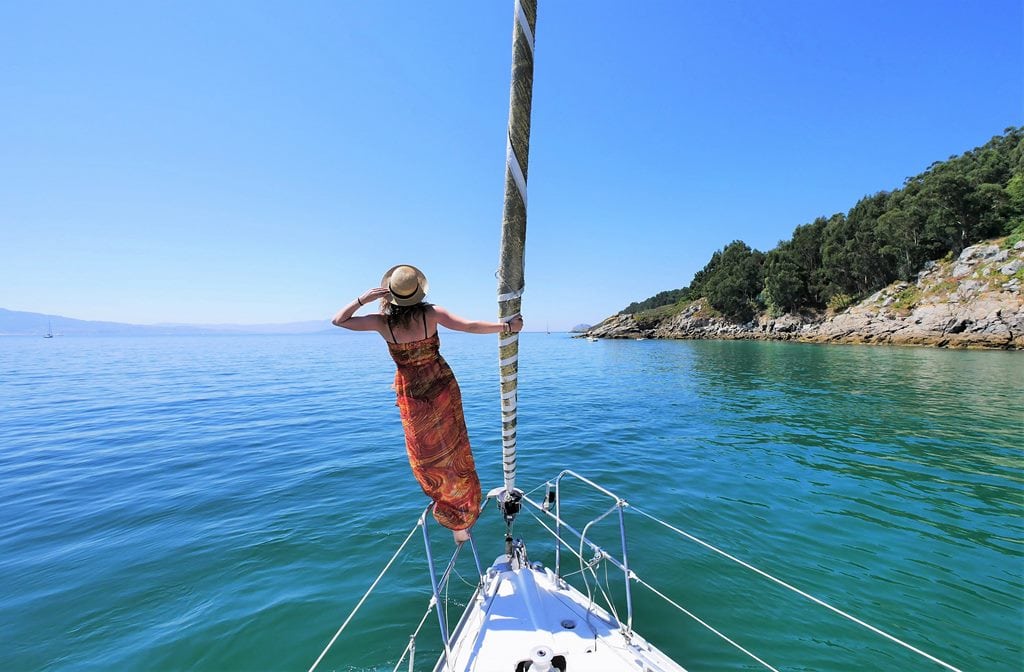
Inma blogs at A World to Travel
*****
“I would sooner be a foreigner in Spain than in most countries. How easy it is to make friends in Spain!” – George Orwell Share on XAsturias’ History
There is a lot to love about northern Spain but the Principality of Asturias, in particular, has it all. Asturias’ inhabited history dates back to the Paleolithic with cave dweller’s paintings decorating the Altamira caves.
Several 1,200 year old UNESCO World Heritage structures remain as testaments to the determination of the Asturian Kings who alone resisted the conquest of Spain by the Moors in the 7th Century CE.
The Roman period of Asturias is well represented in its bridges, aqueducts and roads.
The charming medieval towns that are found throughout the region are beautifully preserved and contemporary art is also celebrated in the creation of the Niemeyer International Center in Aviles.
The capital city of Oviedo is a wonderland of stunning architecture, cuisine, history and Asturian traditions like the famous bagpipes performances. Another unique tradition is the alcoholic cider poured from around one meter above the glass without missing a drop!
It is for good reason that Asturias is called ” Nature’s Paradise.” It has an abundance of national parks dotting the landscape. One of the most spectacular is Picos de Europa National Park, one of Europe’s first.
The soaring, snow caped mountains in the park separate Asturias from the neighboring province of Leon. The park is a hiker’s paradise with the Cares River Trail route being one of the most popular.
A hiker in this area is likely to encounter mountain goats, birds of prey and many other local fauna native to the region of northern Spain. An itinerary of two weeks in Asturias, or more, will deliver a perfect holiday for the nature, food and history lover. wonderful place to spend
There are tons of things to do in Asturias and something for everyone.
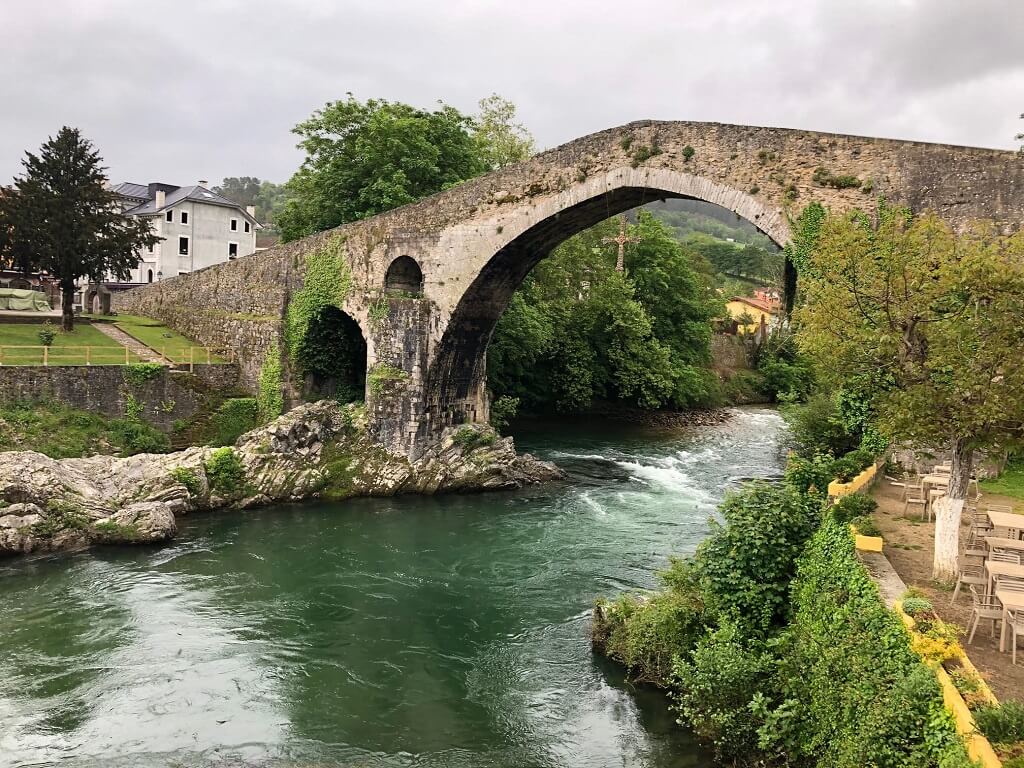
Talek Nantes blogs at Travels with Talek
*****
The Fishing Village of Moaña
If you are looking for a relaxed slow-paced vacation in an unspoiled destination, then the fishing village of Moaña, Galicia in northern Spain should be on your bucket list!
The village is considered one of the best places on the Rias Baixas Atlantic coast to enjoy beautiful golden beaches with clear waters like the popular Xunqueira Beach.
Don’t miss tasting the delicious seafood at the local restaurants. Moaña faces the bay of Vigo, and forms part of the O Morrazo peninsula in the province of Pontevedra. This village is connected to the largest city of Galicia also known for its fishing tradition, Vigo, one of the prettiest cities in northern Spain.
The bay holds not only fruits of the sea, but it is full of the history of sunken treasures and pirate attacks. Moaña is a very traditional and hardworking village famous around the world for the cultivation of mussels, where you can see the typical Galician Bateas (sustainable mussel farms) in the bay.
Get to know the Galician coastal lifestyle, walk along its long promenade, admire beautiful sculptures along the way and visit the market to see locally sourced products: fresh fish, seafood, vegetables, and everything else northern Spain has to offer!
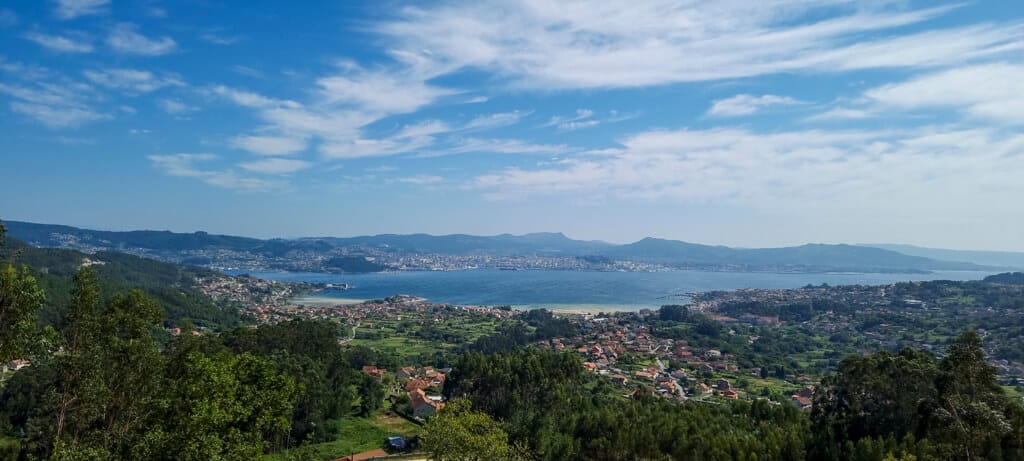
Tiernan blogs at Eat and Walkabout
Table of Contents
Toggle*****
Tower of Hercules
When exploring Galicia in northern Spain, you will come across a lighthouse. Stark and imposing, the lighthouse on the shores of La Coruna has every justification for its stern appearance: it’s been here for nearly two thousand years.
Now a UNESCO World Heritage Site, the “Tower of Hercules” began life during the Roman Empire. It took the natural advantage of the rock (all 57 metres of it) and built up from there.
Thirty-four metres involve Roman masonry and a final 21 metres stand as a result of 18th century engineering. Architect Eustaquio Giannini added two octagonal forms to provide the silhouette found today.
Inside, a visitor’s centre allows travellers to peer at Roman rocks through the gloom and climb high to see a gently curving view of the Galician coastline.
The site also contains a Muslim cemetery, the Monte dos Bicos rock carvings from the Iron Age and a sculpture park.
Galicia is fond of its lighthouses, finding them essential to navigate its curiously convoluted coast. Any self-respecting road trip through Galicia should notch up plenty. The Tower of Hercules may not be the prettiest, but it is the most significant.
It’s the only Greco-Roman lighthouse to still be intact and still function. And it does lie within easy reach of unpretentious cafes for some post-museum tapas. Seafood anyone?
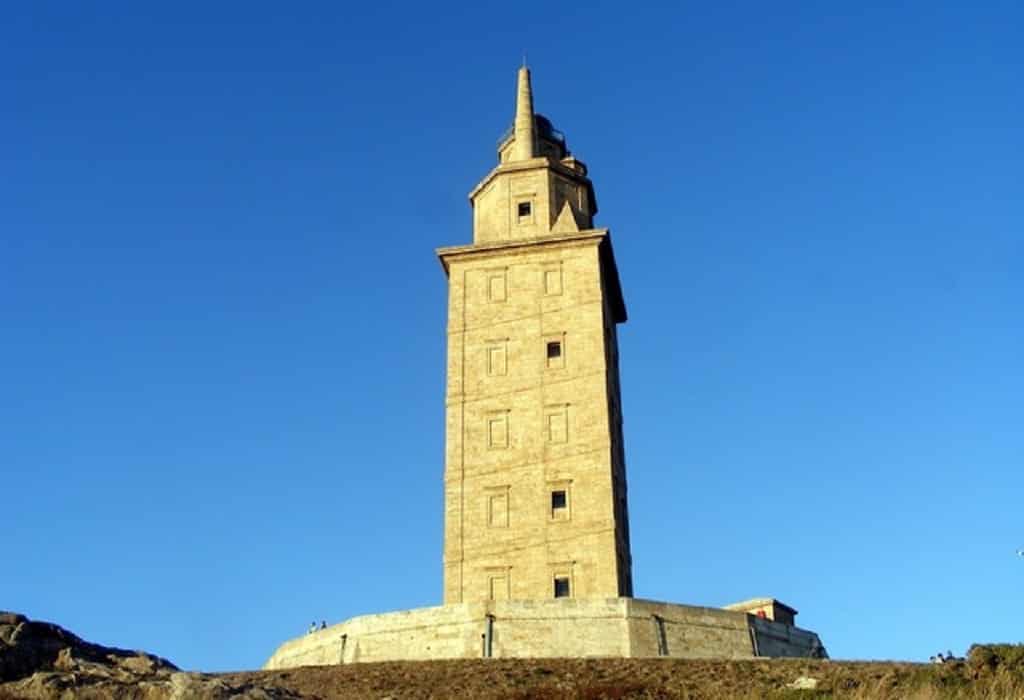
Abi blogs at Inside the Travel Lab.
*****
“There is no night life in Spain. They stay up late but they get up late. That is not night life. That is delaying the day.” – Ernest Hemingway Share on XCastro Chao Sanmartin
Castro Chao Samartín in Asturias is an ancient Roman and also pre-Roman archaeological site that’s well off the beaten track and one of the most interesting things to see on a tour of Asturias in northern Spain. It lies on the Camino Primitivo trail, which is a lesser-known version of the Camino de Santiago, but it seems most of the pilgrims who pass through here don’t bother visiting the ruins.
Despite our sore feet, my husband and I were very glad that we made the effort to tour the archaeological site, which is well-presented. The entrance fee is four euros and includes a visit of the museum as well as a guided tour of the ruins. We were the only visitors that afternoon, so we got a private tour for just eight euros!
A castro is a fortified settlement, usually from the Bronze or Iron Age, and there are quite a few of these castros scattered around Asturias.
This particular one, Castro Chao Sanmartín, was founded about 3,000 years ago during the Bronze Age. Its heyday came much later, though, with the arrival of the Roman Empire, when gold was discovered in the nearby hills.
Fortifications of many buildings are still visible, along with a few columns that remains standing inside a Roman nobleman’s house.
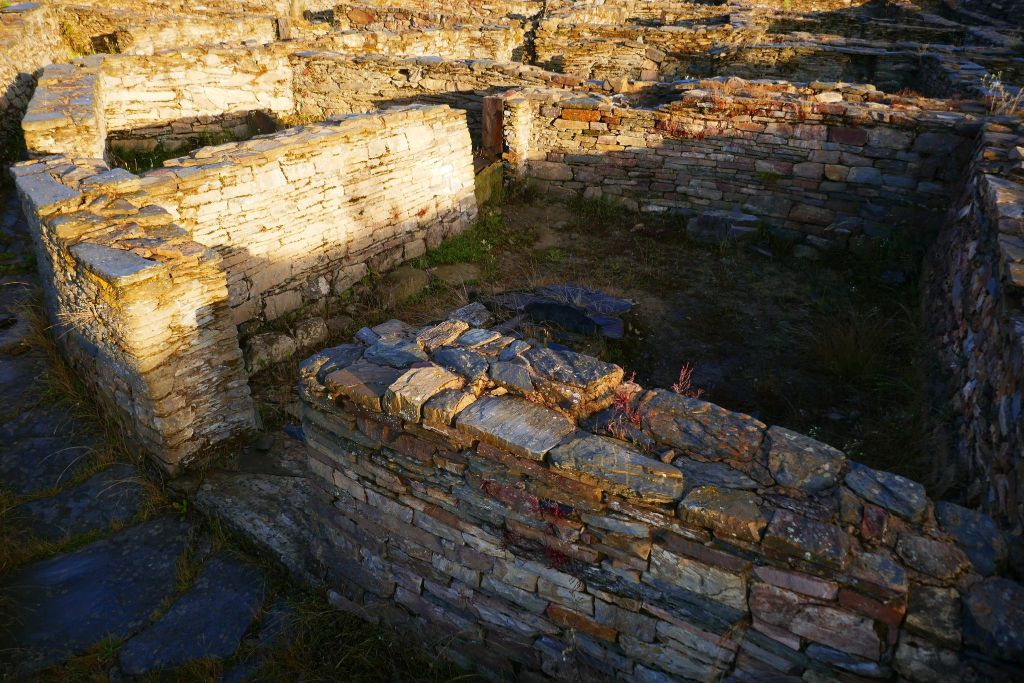
*****
Wendy blogs at The Nomadic Vegan
Portomarín in Galicia
Portomarín is a bit of a paradox. It is blessed with some remarkable medieval architecture, and yet the town itself as we see it today is only a few decades old. In the 1960s, the Miño river was dammed to create a reservoir.
This flooded the area where the original Portomarín had stood, leaving most of the town underwater.
In an effort to preserve as much as possible of the historic town, its most important buildings were completely dismantled and reassembled piece by piece at the site of the new Portomarín, located on top of a hill, well above the water line.
The most impressive of these buildings is the 13th-century fortress-church of Saint Nicolas, built by the Knights of St. John of Jerusalem.
For lunch, El Italiano is run by an Italian family and serves authentic pizza and pasta dishes, with a great view of the Saint Nicholas church from the outside terrace.
They even offer dairy-free cheese — a welcome surprise for any vegans traveling in Spain! Be sure to pick up a box of the local chocolates too, called Piedras de Portomarín. These are small bunches of almonds dipped in dark chocolate.
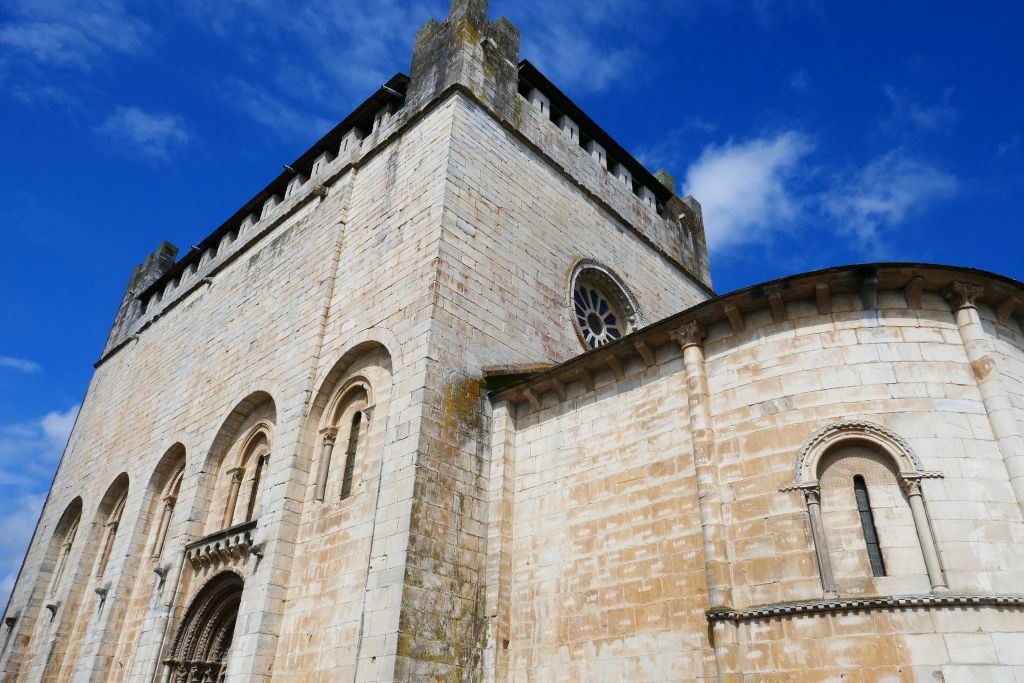
Wendy blogs at The Nomadic Vegan
“In Spain, the dead are more alive than the dead of any other country in the world.” – Federico Garcia Lorca Share on X*****
Santiago de Compostela
If you ever find yourself in Galicia, in the north coast of Spain, then one of the cities you must visit is Santiago de Compostela. This fascinating city has one of the richest and most important histories of any city in Spain. Why? Well, because it’s the end point of the infamous Camino de Santiago.
This is an 800km walk that takes pilgrims all the way across the north of Spain, from the border with France.
If you are interested in exploring northern Spain travel properly, then I highly recommend doing the entire Camino. However, visiting Santiago de Compostela on its own is certainly very rewarding.
Here, you will discover a large variety of old and architecturally stunning buildings. Most notably, the main Cathedral of Santiago, one of the most impressive cathedrals in Europe, the Monastery of San Martiño Pinario and Pazo de Raxoi.
By night time, the city really comes alive. When walking the cobbled streets of the city, you will find endless bars and restaurants, all serving wonderful Spanish food and wine.
You will also find street performers and singers all throughout the old city. The best we found was an opera singer who performs under the arches outside the main cathedral.
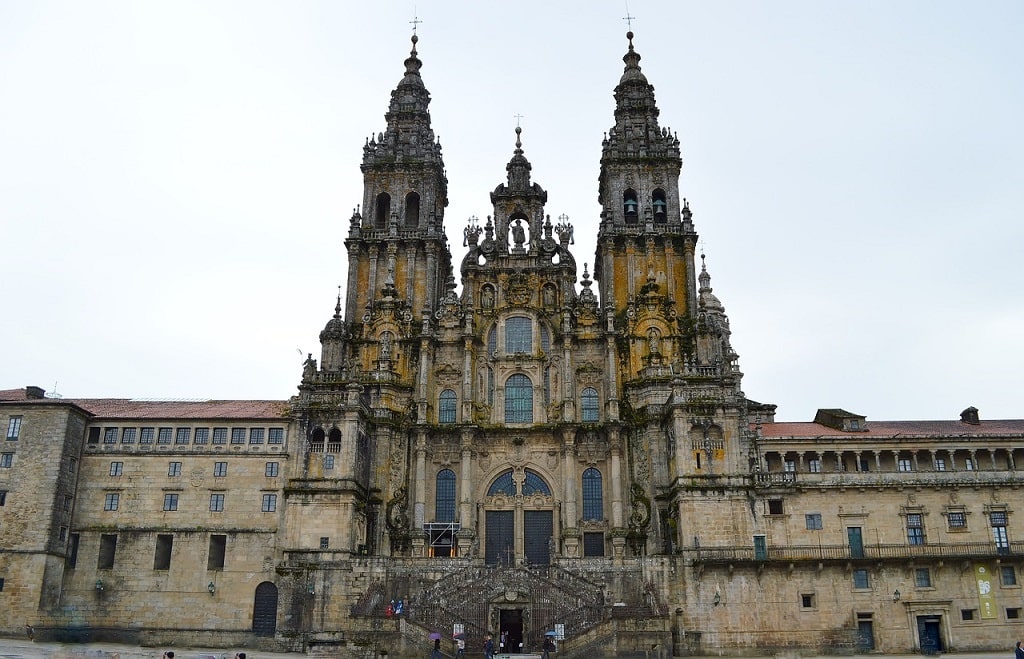
Where to stay in Santiago de Compostela
*****
Covadonga Lakes
Covadonga Lakes are located 13 kilometers away from Covadonga village famous for the beginning of Reconquista.
Getting to the Lakes is a bit more difficult than it seems: all 13 kilometers of the road consist of continuous mountain serpentine, even an experienced driver gets cold blood while driving there. But two amazingly beautiful lakes located in mountain valleys are totally worth the hassle!
The great thing is that the lakes are stunning regardless of the weather or time of day.
On clear days you will see mountains reflected in the clear water, and on gloomy days fog and rain will create a mysterious and grotesque atmosphere, two of which any/all photographers would love.
The Lakes are connected by easily walkable trails. Besides that, there are many hiking trails of varying complexity that will cater to any skill set.
The routes are very well marked and obvious, making it so you’re sure not to get lost. While hiking around you will also see cows and goats freely roaming and feeding on healthy organic fields.
My tip is that if you have a chance, do stay there for the sunset as it’s absolutely breathtaking!
Another benefit is that after visiting the Lakes you can get to to the Peaks of Europe National Park on foot. The Peaks of Europe used to be called Covadonga Mountains and many tourists prefer to combine the visit of these two places for a perfect northern Spain holiday.
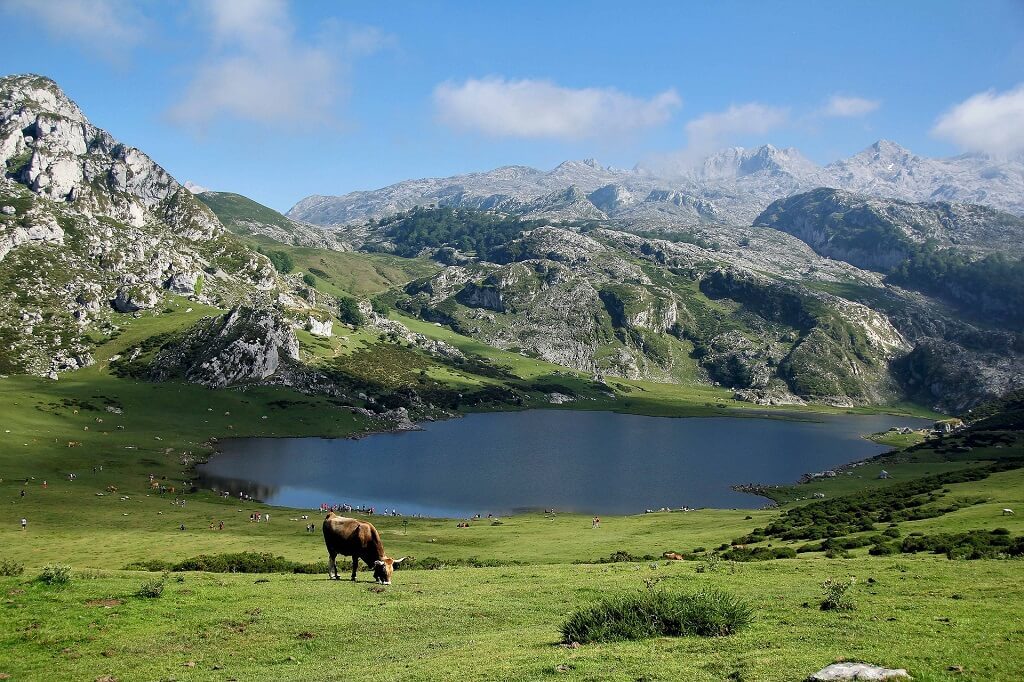
Inna blogs at The Executive Thrillseeker
*****
Llanes
Closer to the border with neighboring Cantabria, about 100 km east of Gijon and 30 km from Ribadesella, you can find the picturesque cute little northern Spain town of Llanes.
It is a medieval town with a lively fishing port, well-preserved historic center, a variety of stores, souvenir shops, and restaurants.
Locals and visitors alike love it for cozy old town, beautiful ancient architecture and wide beaches against the backdrop of majestic mountains. The historical and cultural heritage of the center includes the tower and city walls of the XIII century, the basilica, numerous palaces and luxurious mansions of the XVI-XVIII centuries.
If you get to visit, make sure to walk along the Sea Boulevard San Pedro which has a watchtower from where you can see the whole city and one of the secluded rocky beaches.
From late fall to early spring Llanes stays quiet and peaceful, simply because not many people come to visit. But in the summer, when hosting traditional folk holidays and gastronomic festivals, it draws many holidaymakers to the streets.
It is a great place to try some of the best Asturian dishes, local cheeses, fish and seafood. And no matter when you visit, Llanes is the right town for tasting famous Asturian cider in one of the local cafes overlooking the sea, a lovely tradition.
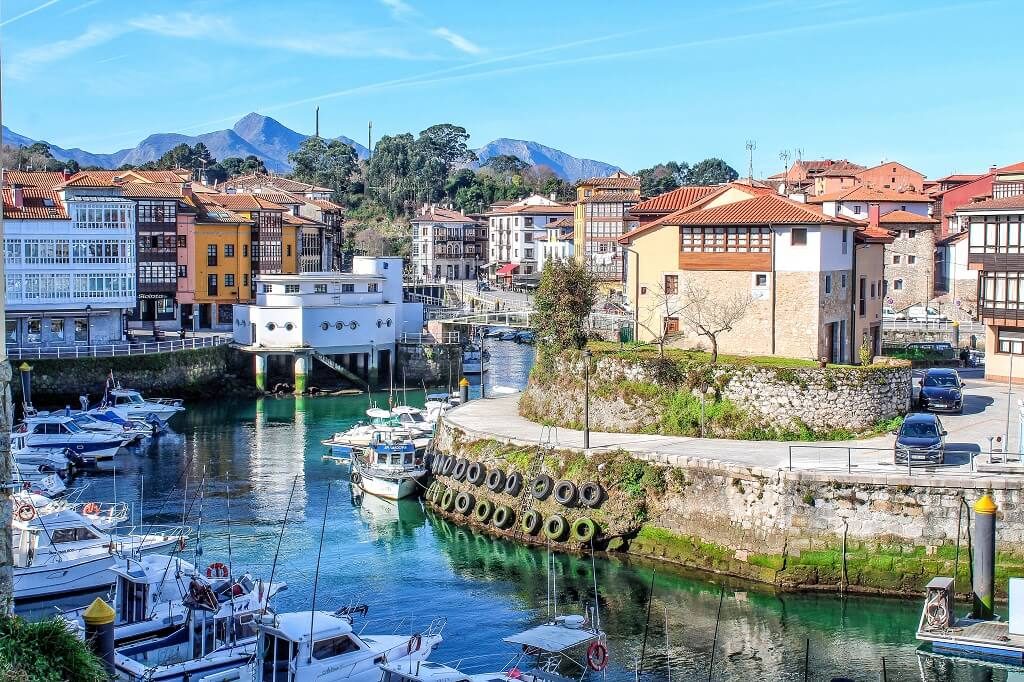
Anya blogs at Road is Calling
The most amazing place to stay in Llanes is the Hotel Miracielos.
*****
Cudillero
Asturias and Galicia have amazing fishing villages. Along the coast in Asturias you can find some of the best.
My favorite is the beautiful town called Cudillero, one of the prettiest towns of northern Spain. It is not hard to see why: if you walk towards along the coast, you will see the houses of Cudillero cascading down the mountain towards the sea.
The inhabitants used to live from fishing and agriculture, but nowadays they also get some income from visiting tourists.
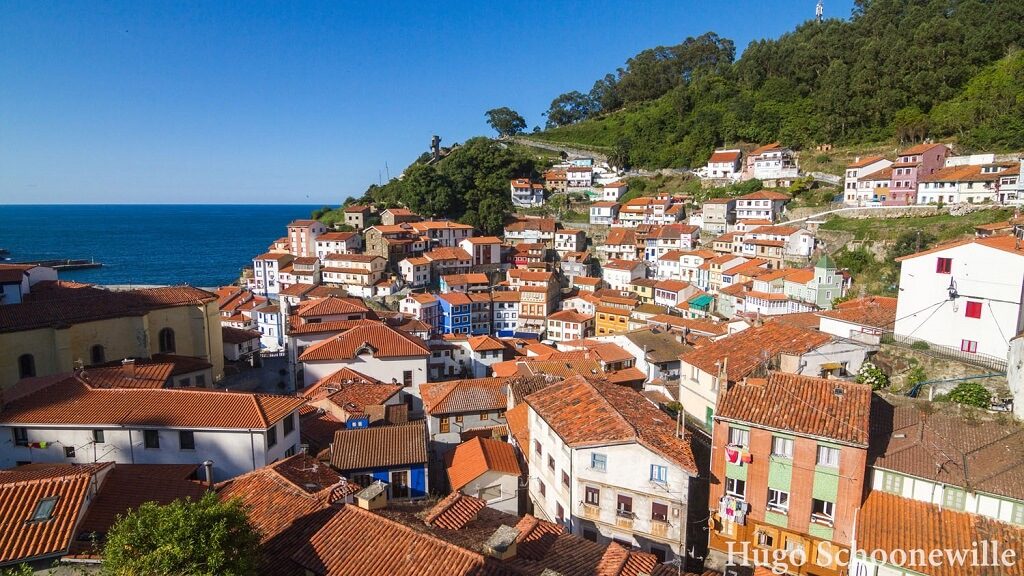
In Cudillero you can do several walking routes to explore the town.
They all have a different color and help you to discover cute little alleys and see the town from above. Or head out and walk towards the lighthouse to have a nice view over the sea.
After doing one of maybe even all of these walking routes, you can rest while eating one of the delicious meals served in the restaurants or taverns down on Plaza Marina. Or combine your visit with one of the other cute fishermen towns like Luarca.
Manouk blogs at Groetjes uit Verweggistan
*****
Here are some guides and background on these remarkable destinations. 91 Days in Oviedo, Spain is an account from two travelers who explored the area for three months. It has great photos and interesting cultural insight. Galicia Rough Guides and Galicia: The Green Corner of Spain are also worthwhile.
Still can’t get enough of Spain? Try anyone of these 8 epic off-the-beaten-track adventures in Spain.
Would you add Asturias and Galicia to your Spain itinerary next time? Do you think these areas are worth a trip on their own?
Learn more about Northern Spain with these handy guides:
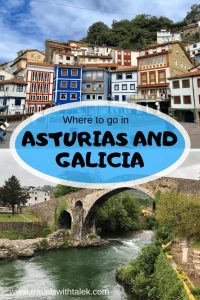

BTW, if you are getting ready for your trip, make sure to take advantage of these useful, money-saving links to book your trip:
- Research and book your flight with Skyscanner. I have found them to be the best because they list all airlines including the budget ones. You are always sure of having researched all options.
- For car rental around the world, Discover Cars has flexible pickup and drop-off options, I recommend Discover Cars.
- Book your accommodation with Booking.com. I find they have a wide selection and a nice, user-friendly, transparent website.
- Protect your trip and, more importantly, protect yourself with travel insurance. I use Travelinsurance.com and have been very happy with them.
- For more general tours to any destination or attraction, book with Viator. Check them out.
- Need a visa? Get your visa for all countries with Passport Visa Express.
- Looking for a cool walking tour to explore a city? My favorite walking tours are offered by Take Walks.
- Food and drink tours are the best way to enjoy a city. And Devour Tours are my favorite.
- Looking for a good VPN to protect your security, privacy and freedom online while traveling? Nordvpn is your best option.
- The best and most economical way to stay connected while traveling is with an Airalo eSIM.
I personally use, and can recommend, all the companies listed here and elsewhere on my blog. By booking through these sites, the small commission we earn – at no cost to you – helps us maintain this site so we can continue to offer our readers valuable travel tips and advice.





















3 Responses
Jeff: I’ll respond to you in detail via email.
Hello, I spent nearly three months in Spain as a newly minted college grad near the end of the Franco era. I speak Spanish and Portuguese, was able to see many of the places I studied, and people were beyond incredibly friendly to me.
I am now old, but healthy, and would like to spend two to three weeks on my own (wife doesn’t like going anywhere) to Leon, Asturias and Galicia, as this is the one area I was unable to visit on my earlier trip.
Like the outdoors, historical places and meeting local people. Not into the Santiago de Compostela religious experience.
Anything to point me in right direction would be appreciated!